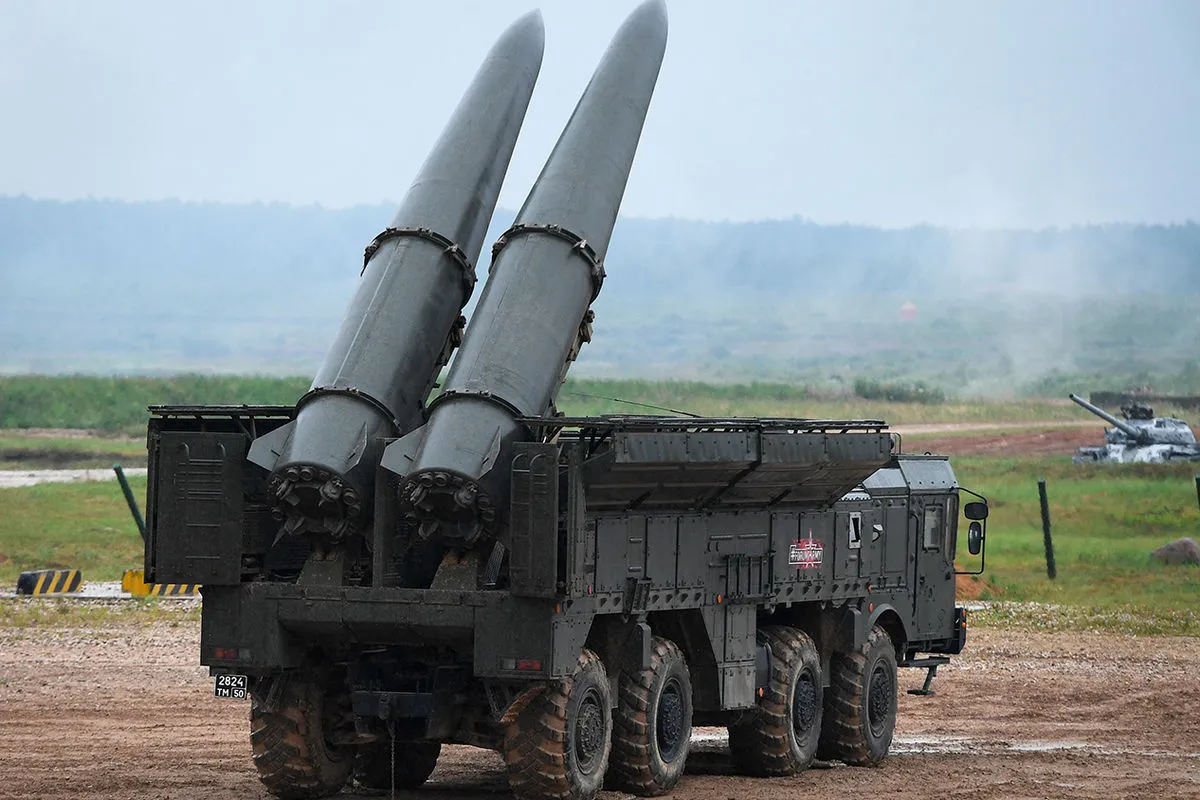
Russia Uses at Least Seven Types of Ballistic Missiles for the Iskander-M System
The Russian army is actively increasing its stocks of missiles for the tactical-operational Iskander-M system.
Procurement documents that Militarnyi obtained reveal for the first time the scale of supplies for 2024–2025.
Thanks also to a study by the Kyiv Research Institute of Forensic Expertise (KNDISE), it was revealed that there are at least seven types of missiles with different warheads: high-explosive, cluster, and special.
The most heavily ordered missile was the 9M723-1F2 – more than 770 units costing RUB 192 million, or $2.4 million per missile. It has a modernized detonation and fragment-formation scheme that increases effectiveness against area targets.
The baseline modification, 9M723-1F1, by contrast, was ordered in the smallest quantities – only 59 units at $3 million per missile. It is fitted with a high-explosive penetrating warhead and steel elements designed to target personnel and equipment.

The 9M723-1F3 missile also features a penetrating high-explosive warhead and an updated casing design. Russia ordered 217 of these units, priced at around RUB 189 million to RUB 238 million per missile, in different years.
Particular attention is drawn to the 9M723-1K5 modification with a cluster warhead. It is intended to engage large areas, personnel in the open, and lightly armored vehicles. About 185 units were ordered, each costing RUB 238 million, or roughly $3 million.
According to the analytical bulletin of KNDISE, the Iskander-M tactical-operational missile complex arsenal also includes the 9M723-1B, 9M723-1F, and 9M723-1F4 modifications.
The 9M723-1B missile uses a nuclear warhead of the AA106 type. In its dimensions and mass, it matches the series standard – length 7.2 m, launch mass 3.8 t.

The 9M723-1F modification is considered an early version of the baseline 9M723-1F1. The 9M723-1F1 modification is a refined version, adapted to modern production requirements and combat tasks.
The 9M723-1F4 missile is the newest modification with improved characteristics of its fragmentation–high-explosive warhead. It likely has an updated casing design and an enhanced detonation scheme that increases effectiveness against area and hardened targets. Its technical parameters remain within the series standard, but the warhead may use a modified explosive composition.









